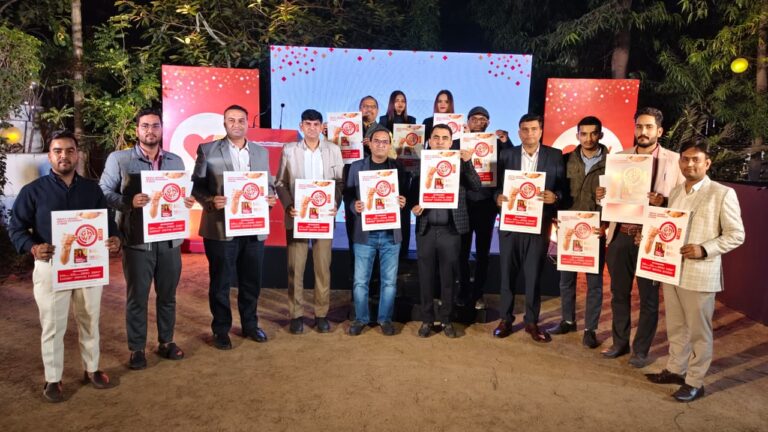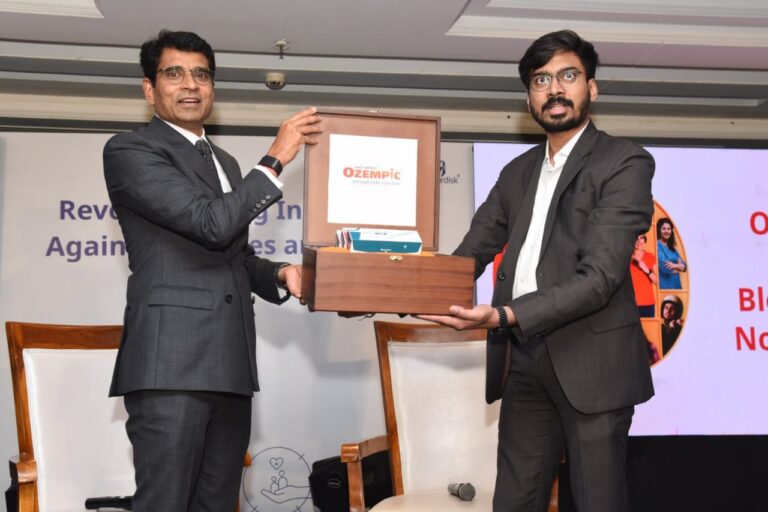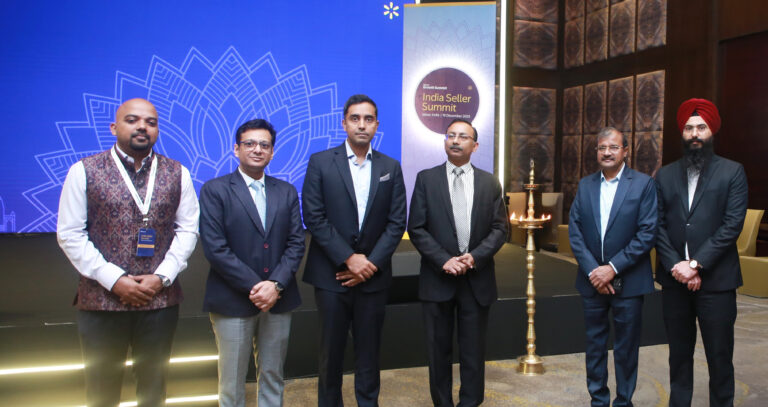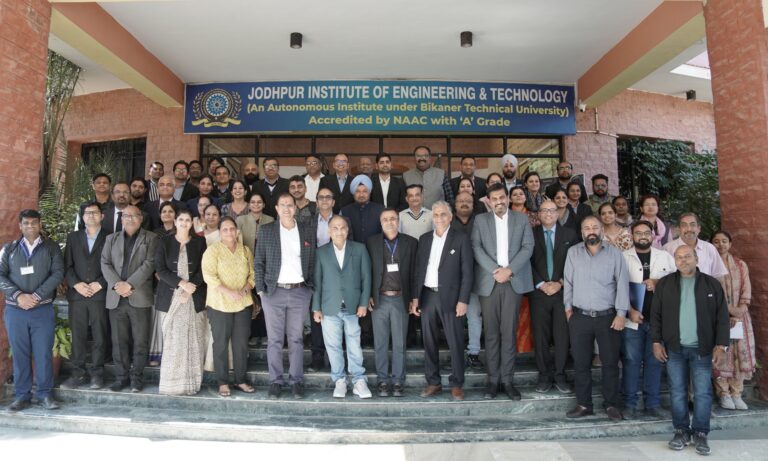
knowledge of Himalayan tribes with modern science. An Assistant Professor in the
Shimla, Divya rasthra*Department of Botany at Shoolini University, she has spent over eight years
documenting and validating medicinal and edible plants used by tribal communities in
Himachal Pradesh and Uttarakhand.
Her groundbreaking research has recorded more than 1,600 plant species, including
several endangered varieties, unlocking their potential for treatments of asthma,
jaundice, fever, and respiratory diseases. Her landmark ethnoveterinary study, the
first of its kind in the Northwestern Himalayas, documented 181 plant species used by
migratory shepherds to treat livestock ailments.
Dr. Radha’s contributions have been widely recognized. She is the recipient of the
Young Woman Scientist Award (2019) and the Young Scientist Award at Jawaharlal
Nehru University (2020). In 2023, she represented Himachal Pradesh on a global stage
at the World Cotton Research Conference-8 in Tashkent, Uzbekistan, where she
also earned accolades for showcasing Himachal Pradesh’s craft traditions.
A prolific researcher and innovator, she holds over 45 patents, more than 75
copyrights, and has published over 120 research papers in reputed national and
international journals. She has also authored multiple books on wild edible plants,
including the acclaimed Wild Edible Plants of District Sirmaur, Himachal Pradesh, with
a forthcoming title Ethnobotany of Tribal India.
Her research is supported by national bodies like the Advanced National Research
Foundation (ANRF) and strengthened through collaborations with institutions such as
Stanford University, Clemson University, Texas Tech University, Kiel University
(Germany), Autonomous University of Mexico, and the University of Vigo (Spain).
As a mentor, she guides Ph.D. and M.Sc. scholars, fostering innovation and ecological
responsibility. Her work is a race against time to preserve vanishing traditional
knowledge of Himalayan tribes—knowledge that holds the key to future discoveries in
medicine, sustainability, and biodiversity.






